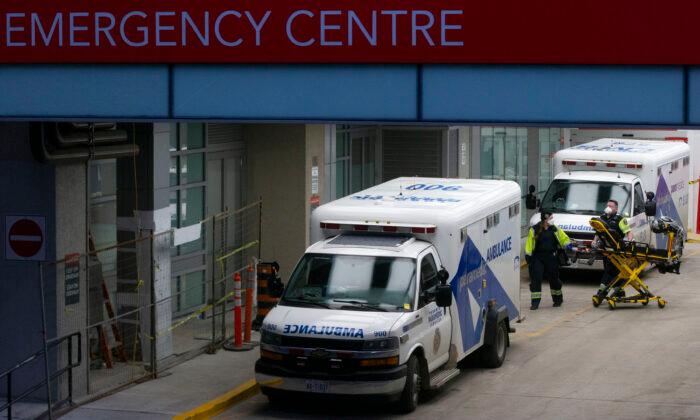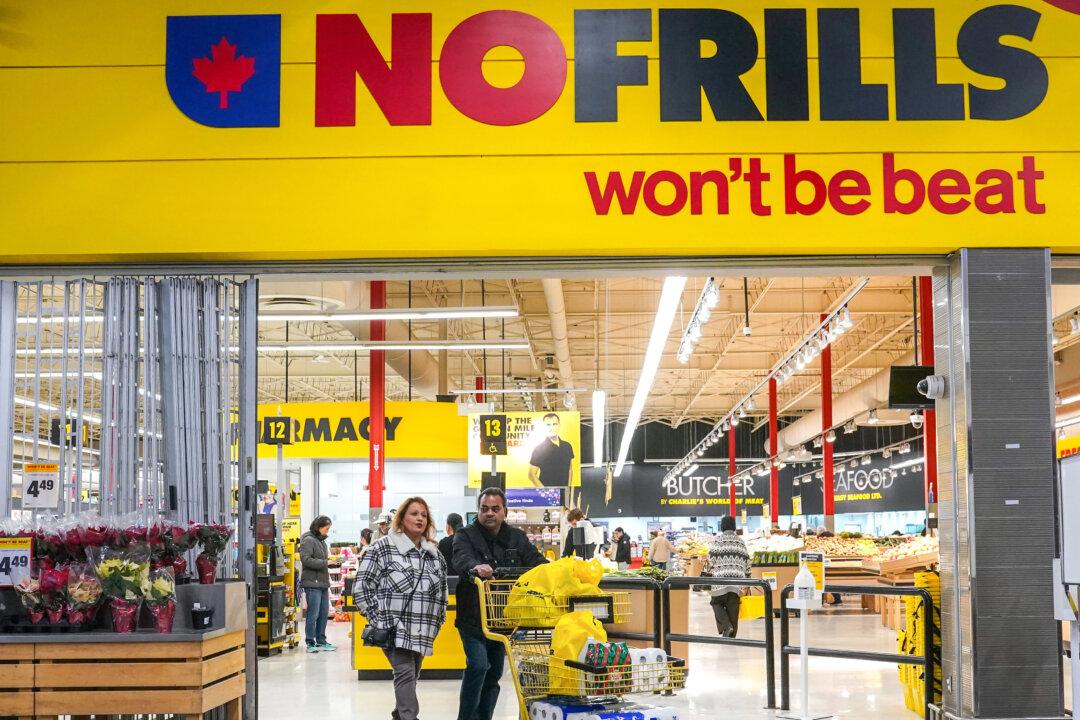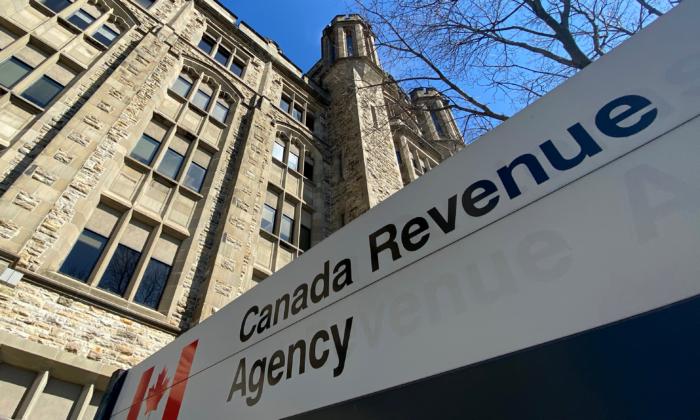Fatal drug overdoses have reached a national average of 22 per day, amounting to “one of the most serious and unprecedented public health threats in Canada’s recent history,” says the federal mental health and addictions minister.
The supply of drugs is growing in Canada and fentanyl has made the supply increasingly dangerous, Ya’ara Saks said in a statement addressing newly available government data on overdoses and deaths. The data said there are roughly 80 emergency department visits related to opioid poisonings across the country each day.
There were 33,015 emergency services calls for suspected opioid-related overdoses from January to September of 2023—an average of 121 EMS responses per day, the minister said in the March 27
statement.
The “overdose crisis” is by no means a new problem, the minister said, but it is a growing one. Overdose deaths have risen 8 percent since 2022 while hospitalizations and ER visits are up 13 percent and 14 percent respectively, according to a government
report. Overdose-related emergency service calls have also risen, going up 18 percent during the one-year period.
A total of 42,494 deaths have been linked to opioids between January 2016—when national surveillance began—and September 2023, the report found. Eighty-two percent of 2023’s overdose deaths have been connected to fentanyl use, a 44 percent increase since 2016.
Ms. Saks emphasized throughout her statement that the main factor behind the rise in overdoses is the “illegal” and “toxic” drug supply, phrasing often used by safer supply supporters to differentiate street drugs from the government-funded opioids being prescribed to people struggling with addiction.
“The rapidly changing and volatile illegal drug supply is a key driver behind this increase in deaths, hospitalizations, EMS responses, and emergency department visits,” Ms. Saks said, describing the ongoing issue as “heartbreaking.”
BC’s chief coroner has made similar distinctions between the illegal and government-funded drug supply, but critics of safer supply say it is fuelling the addiction crisis as well.
Last week 72 B.C. doctors signed a joint
letter to criticize provincial “safer supply” strategies and call for more safety measures and research into the potential harms of such programs, citing concerns such as the drugs being re-distributed on the streets and increasingly accessed by youth.
RCMP said earlier this month they had the seized more than 10,000 prescription pills—many of them government-funded “safer supply” pills—as part of recent drug busts in Prince George. Police said the seizure highlights an “alarming trend” of safe supply drugs being confiscated in police drug busts over the past year, often linked to organized criminal networks.
Ontario, B.C., Alberta Hardest Hit
Eighty-eight percent of all accidental suspected opioid toxicity deaths in Canada in the first nine months of 2023 occurred in Ontario, Alberta, and British Columbia, Ms. Saks said.The overdose crisis has been felt across Ontario, even in smaller communities like Belleville where the mayor recently
declared a state of emergency after paramedics responded to 17 overdoses in a 24-hour period last month. The early-February incident was not an anomaly, however. Local emergency services responded to more than 90 overdoses in the first week of November 2023.
Hastings County Paramedic Chief Carl Bowker
told The Epoch Times the Belleville overdose crisis was caused by opiods laced with a substance “that wasn’t responding” to Naloxone, a medication used to reverse or reduce the effects of opioids.
He said his staff had heard reports of the drugs being laced with date rape drug GHB, with ketamine, which is a powerful anesthetic, and even with an unidentified animal tranquilizer.
Health Canada has also
identified the neighbouring Kingston, Frontenac, Lennox and Addington region as an area of concern where opioid-related deaths have risen from fewer than 13 deaths per year prior to 2016 to 42 deaths in 2020. The 2023 government report noted that “people as young as 17 and as old as 78” were dying of opioid overdoses.
A recent B.C. Coroners Service
report described “unregulated drug toxicity” as the leading cause of death for B.C. residents aged 10 to 59, saying it accounted for “more deaths than homicides, suicides, accidents, and natural disease combined.” The report noted that more than 14,000 British Columbians have died of toxic overdose since the public-health emergency was first declared in April 2016.
The hardest hit areas, according to the report, are Vancouver, Surrey, and Nanaimo.
Drug overdose was also responsible for nearly 1,700 deaths in Alberta in the first 10 months of 2023, according to the Alberta Substance Use Surveillance System. That’s an average of roughly four opioid-related deaths a day.
Only 127 of the 1,692 drug-poisoning deaths reported through October 2023 did not involve opioids, the
system’s statistics show. Fentanyl was a contributing factor in 79 percent of the deaths, while methamphetamine showed up in 63 percent of the overdoses and carfentanil in 23 percent. Edmonton and Calgary are hardest hit by the overdose crisis, but incidents occur in other parts of the province as well, according to surveillance system stats.
Alberta Premier Danielle Smith has pointed the finger for her province’s drug issues at B.C.’s safer supply initiative, saying she believes drugs from the program are being diverted into the rest of Canada.
Ms. Smith, in a March 8 statement, called on British Columbia to stop the flow of safer supply drugs into her province.
“Alberta has been warning for years that diversion of high-potency opioids from these programs could be diverted and trafficked across Canada,” she said. “In Alberta, we have made the provision of ‘safe supply’ illegal to prevent this very thing from happening. Unfortunately, that does not stop organized criminals from bringing it here illegally from other provinces.”
Ms. Saks said her government is taking a
range of actions to address the overdose crisis.
Educating Canadians on the risks of drug use before substance abuse begins is key, she said, citing the
Youth Substance Use Prevention Program as an example. Ottawa earmarked $20.2 million from its 2023 to dole out funding for community-based initiatives under the program.
Ottawa also plans to invest in law enforcement and expand access to treatment, after-care, and recovery services across the country, she said. She also touted supervised consumption sites, calling them “lifesaving” and a way to reduce public drug use, the spread of infectious diseases, and the strain on emergency medical services.







